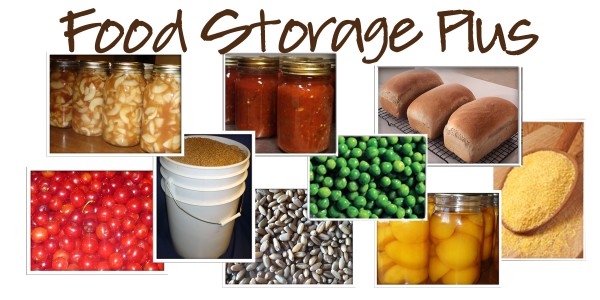Have you ever wondered what the differences really are in different types of grains and how they compare to wheat? Do you know what some of your grain options are if you find out you have gluten allergies? You don't have to completely eliminate grains and bread from your diet - you just have to be a little more creative in your baking.
Oh - you don't have to have gluten allergies to enjoy these grains - they actually have a nice flavor to them.

Well, here is a quick summary of a few grains for your grain reference.Oh - you don't have to have gluten allergies to enjoy these grains - they actually have a nice flavor to them.

SPELT
- Spelt has a lower, more fragile gluten content. This means that SOMETIMES, people with gluten allergies can actually eat spelt (but it is a good idea to check with your doctor first)
- Spelt has higher fiber than wheat
- Spelt contains 15-21% protein (which is higher than regular wheat)
- Spelt is higher than wheat in complex carbohydrates, iron, potassium, and B vitamins
- It contains nutrients that aid in blood clotting and stimulates the immune system
- Spelt is similar to cooking with wheat flour, but you might find you need a little less water (start with 3/4 of what the recipe calls for), or a little more flour and because of the lower gluten content, don't let your dough rise as high as when using regular wheat flour
- Spelt has a bit of a "nutty" taste to it
TRITICALE
- Triticale has a lower gluten content than wheat
- Triticale has a higher protein per gram than wheat
- Triticale has more amino acids and lysine
- Triticale flour is more similar to wheat in taste and can be easily substituted for wheat flour. However, if using leavened breads, you must add at least 50% wheat flour because of the very low gluten content of triticale.
- Be careful when kneading triticale. Do not over-knead the dough as this can damage the delicate gluten.
- Triticale is a cross between durum wheat and rye.
KAMUT
- Kamut also has a lower gluten content like spelt, so many people turn to kamut when they have gluten allergies (still a good idea to consult with your doctor first before eating this when you have gluten allergies)
- Kamut contains 17-19% protein - higher than wheat.
- Kamut has less fiber than wheat
- Kamut is higher in vitamin A, thiamin, riboflavin, phosphorus, magnesium, zinc, pantothentic acid, copper and complex carbohydrates.
- Kamut is considered a "high energy grain"
- Kamut is similar to cooking with durum wheat, so you will have a heavier loaf of bread if you only use kamut. You can add wheat gluten for a lighter loaf - providing your allergies allow it.
- Kamut works great in cakes and pastas.
.jpg)
2 comments:
Thanks for researching, and publishing the differences! Great work.
Bruce
www.internet-grocer.net
There is often some confusion over gluten and wheat allergies, and spelt, kamut and triticale. There is actually no such thing as a "gluten allergy" although sometimes people refer to it like that. People with wheat allergy *may* be able to tolerate one of these forms of wheat, but it is not a guarantee and should be trialed in separately after a person is off of wheat for a time, which seems to be what the post is saying.
People with a gluten intolerance or celiac disease can not tolerate these grains without causing damage to their bodies, but that is not actually an allergy, as in an IgE mediated allergy. Celiac disease is an autoimmune disorder.
Here is also a link in which researchers found that kamut and another ancient wheat had similar amounts of gluten as modern wheat.
The gluten in the ancient wheats acts different than the gluten in modern wheat, and I believe this may be where the notion that they have "less" gluten comes from.
http://www.mdpi.com/2072-6643/1/2/276/pdf
Post a Comment